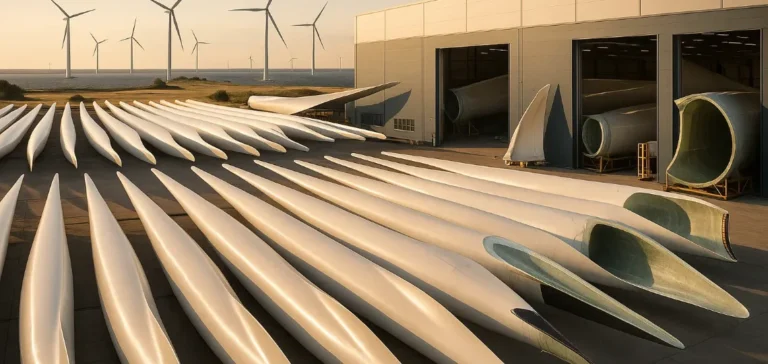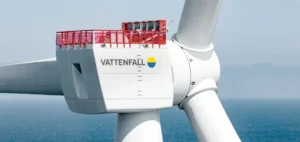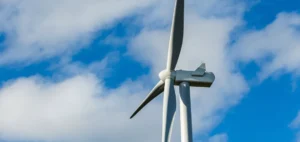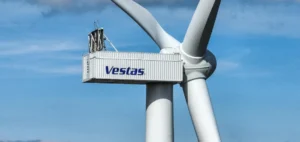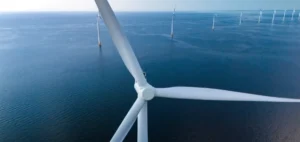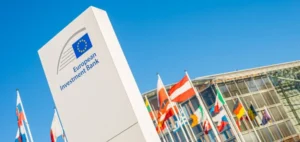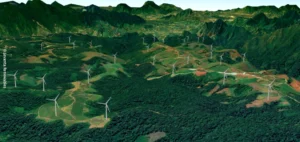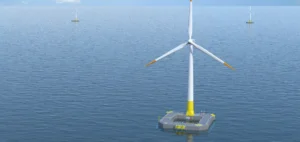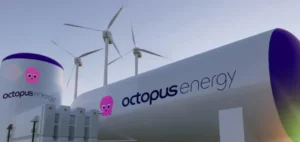The global wind blade composites industry is experiencing sustained growth, driven by increased energy demand and significant technological advances. According to a recent report by market research firm MarketsandMarkets, this sector is projected to rise from USD 13.28 billion in 2025 to USD 21.87 billion in 2030, representing a compound annual growth rate (CAGR) of 10.5%.
Dominance of glass fibres
In terms of materials, glass fibre currently dominates this sector. It offers an excellent strength-to-weight ratio, enabling the manufacturing of wind blades that are both lightweight and durable. Glass fibre also provides significant economic advantages compared to other materials available in the market. Its mechanical qualities, including high fatigue resistance and chemical durability, ensure a long service life for blades, while minimising maintenance costs.
The epoxy resin segment holds a significant position due to its superior mechanical properties and efficiency as an adhesive material. Epoxy resins ensure excellent load transfer between fibres, thereby enhancing the structural integrity of wind blades. Furthermore, their resistance to UV radiation and temperature fluctuations makes epoxy particularly suited for the rigorous outdoor conditions to which wind blades are subjected.
Trend towards longer blades
The market is moving towards larger blades, often exceeding 50 metres in length. These extended blades enable turbines to sweep a larger area, significantly enhancing their energy yield. Increased incorporation of carbon fibres and specialised resins facilitates the production of these longer blades, maintaining both their strength and lightness.
The offshore segment is expected to experience the highest growth rate during the studied period. This development is driven by a planned significant increase in installations across various global regions, notably Northern Europe. Composites used in offshore applications must meet particularly stringent criteria regarding resistance to marine environments and severe weather conditions.
Asia-Pacific: the market’s main driver
Currently, the Asia-Pacific region holds the largest market share, driven notably by significant investments in countries such as China, India, and Japan. These countries are actively developing their wind energy infrastructure to address growing energy needs. Major local and international manufacturers are establishing production facilities in this region, benefiting from competitive costs, skilled labour, and supportive government policies.
Key global industry players include China Jushi Co., Ltd., DowAksa, Teijin Limited, SGL Carbon, Hexcel Corporation, Gurit Services AG, Toray Industries Inc., and Exel Composites. These companies position themselves throughout the value chain, from composite materials production to the final manufacturing of wind blades, illustrating strong competition in the sector.
This dynamic highlights the continuous evolutions to which the wind energy sector must adapt, especially through technological innovation and economic efficiency—key criteria for the future of the composites market dedicated to wind blades.


